Introduction
Crabs, whether blue crabs, Dungeness crabs, snow crabs, or king crabs, are a culinary delight enjoyed worldwide. Their sweet, tender meat and rich flavor make them a staple in seafood dishes across various cultures. However, cooking crabs can be a bit tricky, especially for those unfamiliar with the process. One of the most critical aspects of preparing crabs is ensuring they are fully cooked to avoid food poisoning and to achieve the optimal texture and taste. This guide will provide a comprehensive look at how to determine if crabs are fully cooked, covering various methods, signs, and tips to ensure your crab-cooking experience is both safe and delicious.
Understanding the Importance of Cooking Crabs Thoroughly
Before diving into the specifics of how to check if crabs are cooked, it’s essential to understand why thorough cooking is crucial. Raw or partially cooked crabs can harbor harmful bacteria, such as Vibrio vulnificus and Vibrio parahaemolyticus, which can cause severe illness, including vomiting, diarrhea, fever, and even more severe conditions like sepsis and necrotizing fasciitis (flesh-eating disease). Therefore, ensuring crabs are cooked to a safe internal temperature is vital for food safety.
Moreover, fully cooked crabs offer the best texture and flavor. Overcooked crabs can become dry and rubbery, while undercooked ones may have a raw, fishy taste and texture. Proper cooking brings out the natural sweetness of crab meat and makes it tender and juicy.

Methods of Cooking Crabs
Before discussing how to check for doneness, let’s review some common methods of cooking crabs:
-
Boiling: This is the most popular method, especially for blue crabs and Dungeness crabs. Crabs are placed in boiling water or a seasoned broth and cooked for a specified amount of time, usually around 15-20 minutes for medium-sized crabs.
-
Steaming: Steaming crabs preserves more of their natural flavors and juices. Crabs are placed on a steaming rack over boiling water and cooked for about the same duration as boiling.
-
Grilling: Grilling crabs, often done with snow crabs or king crabs, gives them a smoky flavor. Crabs are cleaned, split, and grilled over medium-high heat for several minutes per side.
-
Baking: Baking crabs, usually with some form of stuffing, is less common but can be delicious. Crabs are prepped, stuffed, and baked in an oven at around 375°F (190°C) for about 20-30 minutes.
-
Microwaving: While not traditional, microwaving crabs is a quick option for smaller crabs or crab parts. They are placed in a microwave-safe dish with a bit of water or broth and cooked on high for a few minutes.
Signs of Fully Cooked Crabs
Now, let’s delve into the various signs and methods to determine if crabs are fully cooked:
-
Color Change: One of the most obvious signs is a change in color. Raw crabs typically have a dull, grayish-green or brownish hue. As they cook, their shells turn a vibrant red, orange, or even purple, depending on the species. However, color alone is not a reliable indicator, as some crabs’ shells may turn color slightly even when they are not fully cooked.
-
Opacity of the Meat: Another visual cue is the opacity of the crab meat. When cooked, the meat should be opaque and firm. Raw crab meat is translucent and has a softer texture. Carefully peel back a small section of the shell to inspect the meat without fully opening the crab, as this can cause heat loss.
-
Texture of the Shell: The texture of the crab’s shell can also give clues. A fully cooked crab’s shell should feel firmer and less flexible than a raw one. Gently pressing on the shell should not yield much give.
-
Fragrance: Cooked crabs have a distinct, pleasant aroma that is different from raw crabs. While this isn’t always easy to describe, a cooked crab should smell like seafood but without the strong, fishy odor of raw crab.
-
Internal Temperature: The most reliable method is to check the internal temperature using a food thermometer. Insert the thermometer into the thickest part of the crab meat, ideally between the body and one of the larger legs. For safety, the internal temperature should reach at least 145°F (63°C). However, note that crabs continue to cook slightly after being removed from the heat source, so aim for a slightly higher temperature if possible.
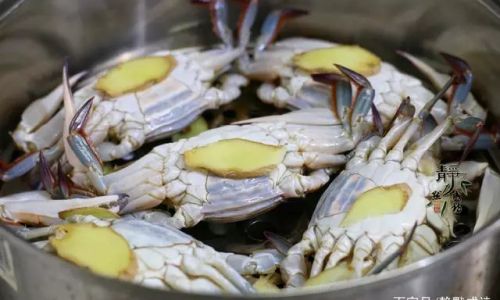
-
Leg Movement: While not foolproof, another sign is the movement of the crab’s legs. A fully cooked crab’s legs will curl tightly and remain curled when handled. Raw or partially cooked crab legs may still move or straighten out when touched. However, this method isn’t reliable for all species, as some crabs’ legs naturally curl during the cooking process regardless of doneness.
-
Juices: When you open a fully cooked crab, the juices inside should be clear and not bloody or milky. Bloody or milky juices can indicate that the crab is not fully cooked.
Tips for Ensuring Perfectly Cooked Crabs
To ensure your crabs are cooked to perfection, follow these tips:
-
Size Matters: Cooking time varies based on the size of the crab. Larger crabs require more time to cook through than smaller ones. Adjust cooking times accordingly.
-
Start with Cold Water: When boiling or steaming crabs, always start with cold water and bring it to a boil slowly. This helps to cook the crabs more evenly and prevents the shells from cracking.
-
Use a Timer: Set a timer for the estimated cooking time based on the crab’s size and cooking method. However, rely on other methods of checking doneness as well, as timers can vary and cooking times are not always exact.
-
Don’t Overcrowd the Pot: Ensure there’s enough space in the pot or steamer for the crabs to cook evenly. Overcrowding can prevent the heat from penetrating all parts of the crabs, leading to uneven cooking.
-
Use a Thermometer: Investing in a good food thermometer is worth it for accurate internal temperature readings.
-
Resting Time: After removing crabs from the heat, let them rest for a few minutes before serving. This allows the heat to distribute evenly and the meat to firm up slightly.
Conclusion
Determining if crabs are fully cooked is a combination of art and science. By paying attention to color change, opacity of the meat, shell texture, fragrance, internal temperature, leg movement, and juices, you can ensure your crabs are cooked to perfection. Remember, food safety is paramount, so always err on the side of caution and cook crabs thoroughly. With the right techniques and attention to detail, you can enjoy delicious, tender, and safe crab dishes that will delight your taste buds and keep you healthy. Happy crab-cooking!
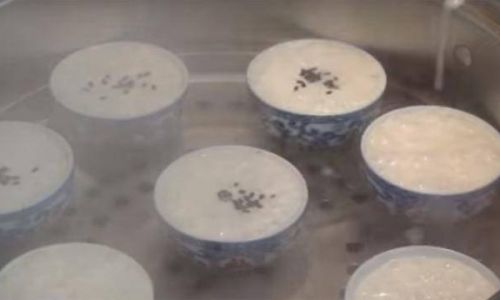

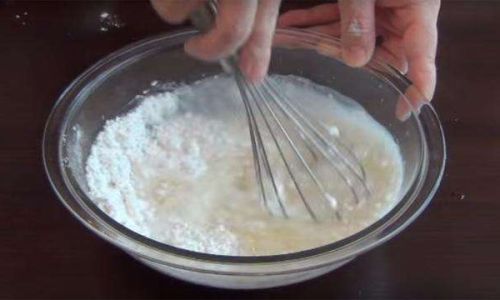
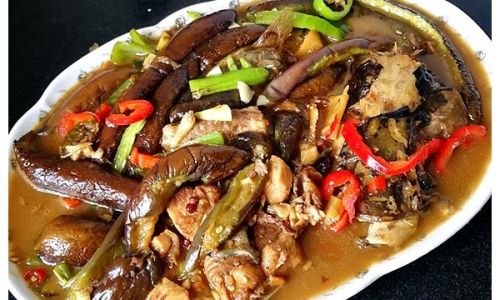
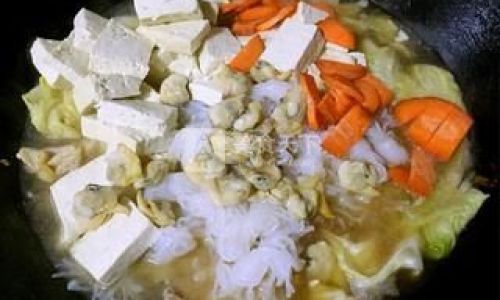
0 comments